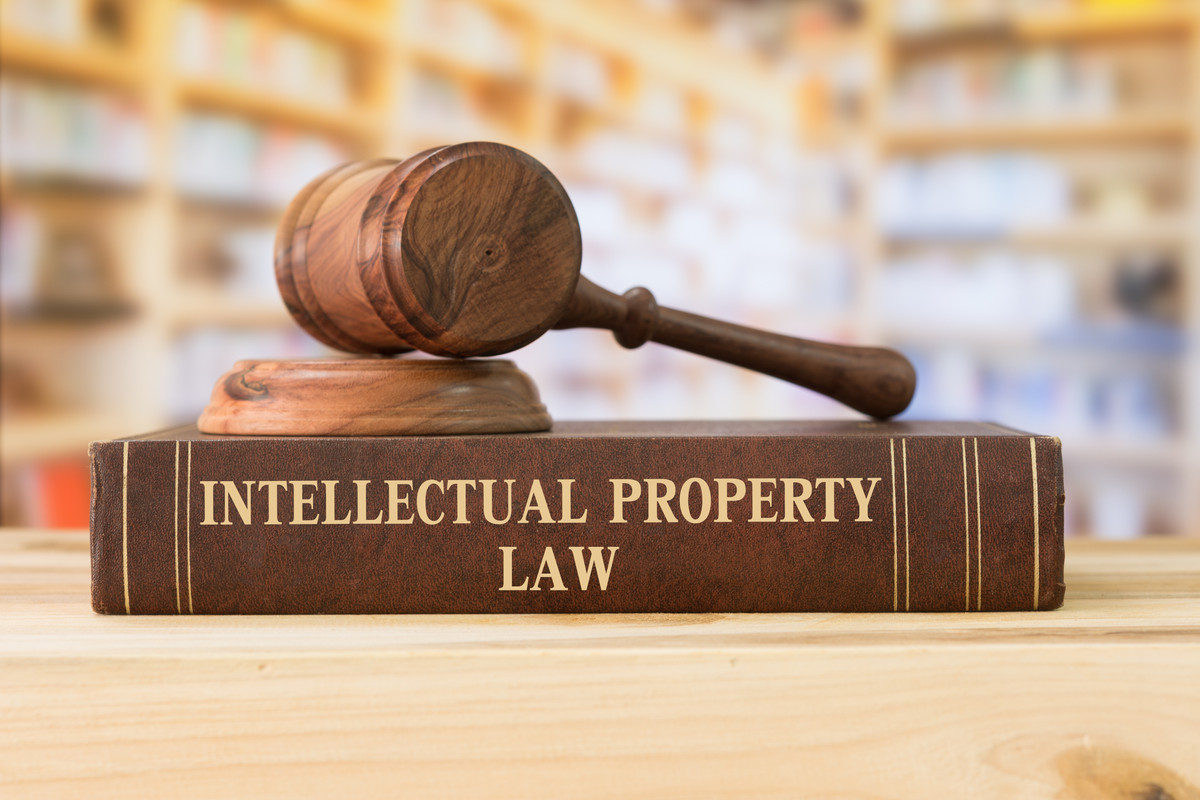Intellectual Property Law
by siteadmin

Intellectual property law refers to a set of rules that protect the rights of owners and creators of intangible assets. These include patents, copyrights, trademarks and trade secrets.
Intellectual property rights are valuable tools that allow inventors and creators to recover their time, effort, money and investments. They are also necessary to avoid infringement and to ensure that a creator's work remains exclusive for a specific period of time.
Patents
Patents are a type of intellectual property law that grants inventors the right to protect their inventions from other people who may want to use them. These rights are granted by government agencies to the inventors who submit applications for them.
Inventors must file an application to receive a patent and pay an associated fee. The application requires specific documentation including drawings and descriptions of the invention.
In some countries, inventors must also provide a written oath or declaration of authenticity.
These laws are designed to encourage innovation and commercialization of technological advances. They also offer a financial incentive to inventors to make their inventions public. However, some research has shown that patents can be used in inefficient ways that hinder follow-on innovation.
Copyrights
Copyright is a type of intellectual property law that gives its owner an exclusive right to reproduce, distribute, and perform the work in question for a certain period of time. It protects literary, artistic, and musical works, as well as some forms of computer programs.
Copyrights are usually based on a social purpose: to encourage and reward creative work, as well as to prevent unauthorized uses of the works by third parties. It also provides protection for performers (e.g., actors, musicians) and producers of phonograms (sound recordings).
Copyrighted works include books, poems, songs, plays, photographs, paintings, and sculpture. They also include films, computer programs, and databases. In most countries, the public law duration of copyright expires 50 years after the death of the author, and then falls into the public domain. However, some countries require a specific form of registration for copyright to be established and others recognize the copyright in any completed work, without a formal registration.
Trademarks
A trademark is a recognizable sign, phrase, or design that uniquely identifies a product and differentiates it from other products of the same kind. The owner of a trademark is known as the "trademark owner."
Trademarks may be registered or unregistered and can be identified by the symbol ™ for goods, (sm) for services, and (r) for a registered mark. The symbol lets consumers and competitors know that the trademark is owned by the company.
When a trademark is abandoned, the owner loses its rights to that mark and cannot use it. Abandoned marks can be proven by evidence of non-use for at least three years.
A trademark can also become generic over time, meaning that it no longer distinguishes a particular manufacturer or source of the product. The term "thermos," for example, is no longer a distinctive mark because it is now used to refer to all types of heating equipment. Additionally, trademarks may be lost through improper licensing or assignment.
Trade Secrets
Trade secrets are another type of intellectual property that is regulated by both state and federal law. They differ from other forms of IP protection in that they can protect a wider range of information and technology than patents or copyrights.
Trade secret owners are protected by a variety of laws, including the Uniform Trade Secrets Act and the Defend Trade Secrets Act. They can also sue in federal court if a person steals their trade secrets.
In addition, they can seek damages for misappropriation, which include attorneys' fees, exemplary damages, statutory damage, and injunctive relief. These are based on the circumstances of the theft, the way in which it was done, and the extent to which the company sustained economic losses as a result of the loss.
Keeping trade secrets confidential can be costly. Companies must devise and implement a strategy for protecting this information. They must restrict access to the information and train employees on its sensitive nature. They should also label the information as confidential.
Intellectual property law refers to a set of rules that protect the rights of owners and creators of intangible assets. These include patents, copyrights, trademarks and trade secrets. Intellectual property rights are valuable tools that allow inventors and creators to recover their time, effort, money and investments. They are also necessary to avoid infringement and…
Recent Posts
- Modern Laundry of Windsor Unveils Innovative Services Revolutionizing the Laundry Industry
- Modern Laundry of Windsor Unveils Innovative Services Revolutionizing the Laundry Industry
- Expert Lawn Care Lubbock Advocates for Property Care: Combatting Weed Growth and Preserving Curb Appeal
- My Insurance Agent TX Urges Drivers in Midland Odessa to Opt for Adequate Auto Liability Coverage Over State Minimums
- Top Notch Roofing/Siding: Setting the Standard for Excellence in New Jersey Roofing
